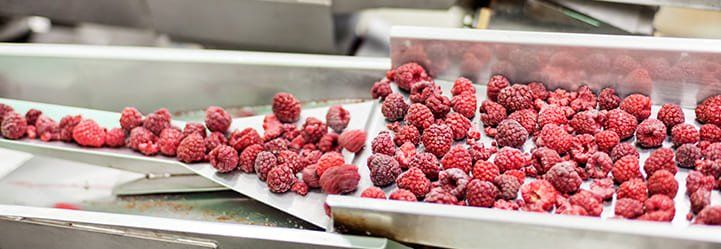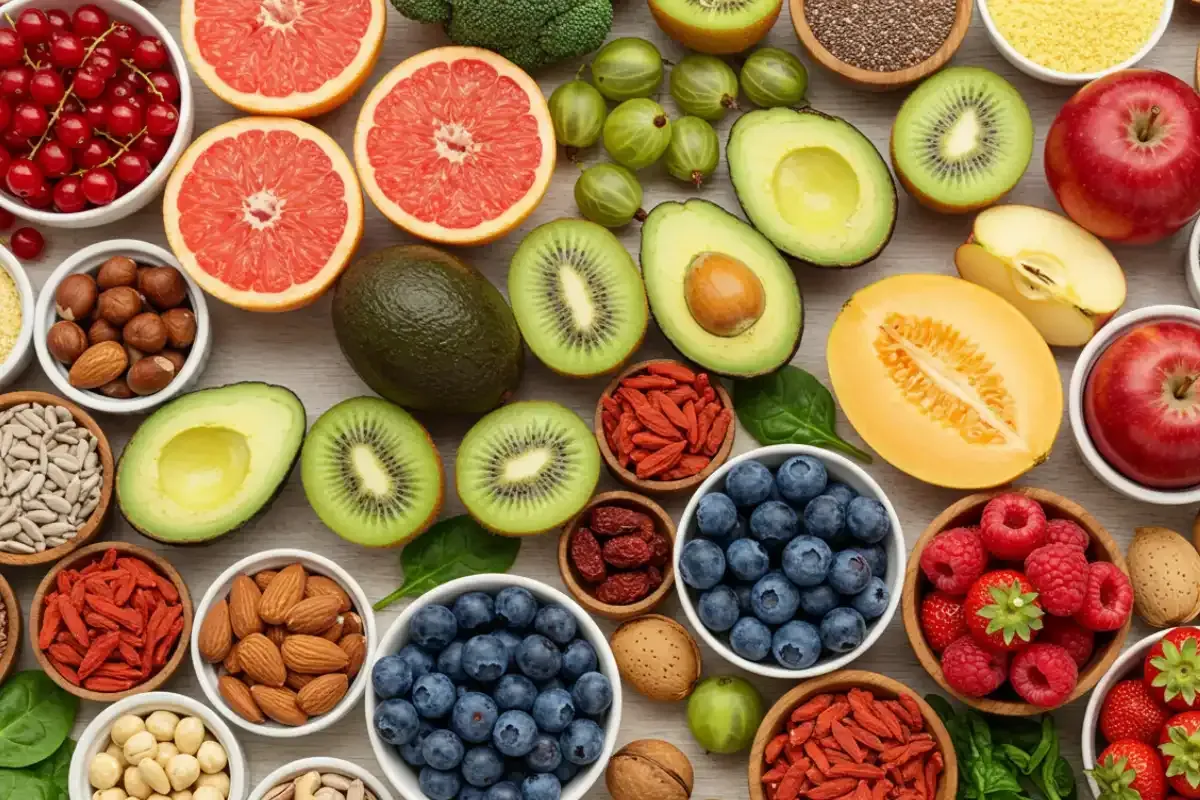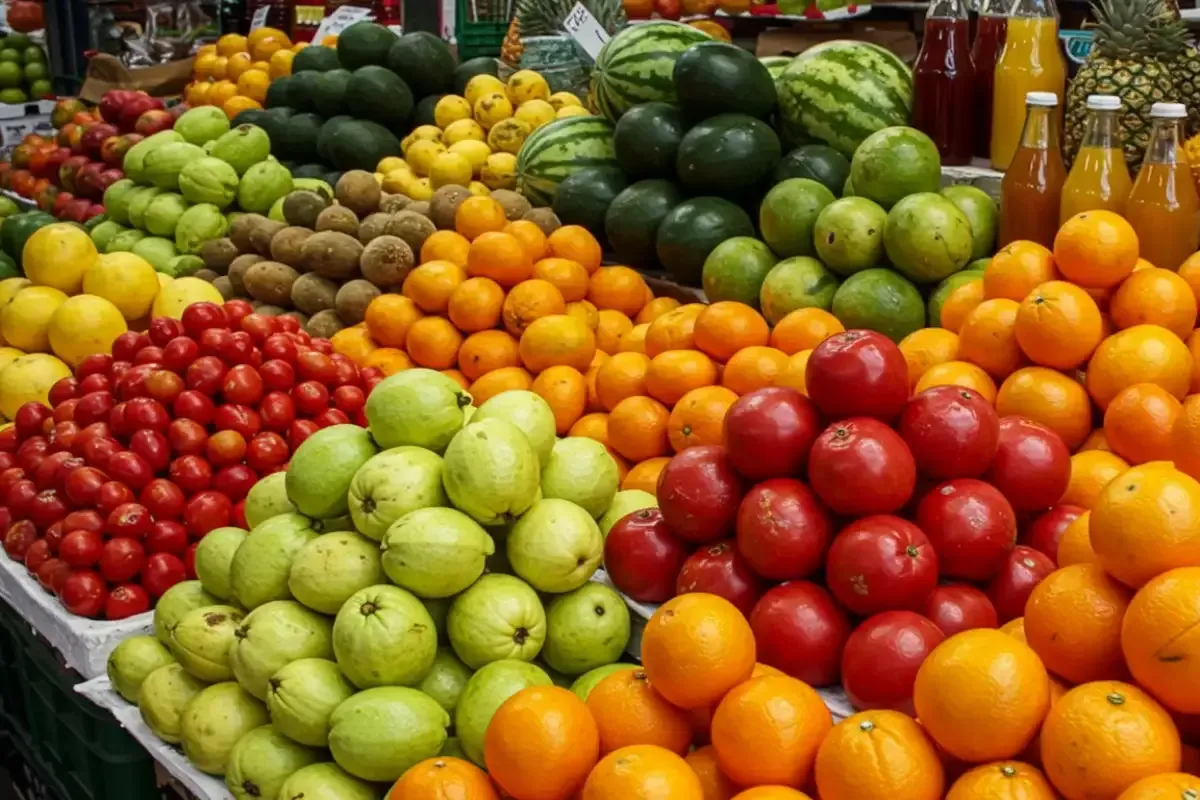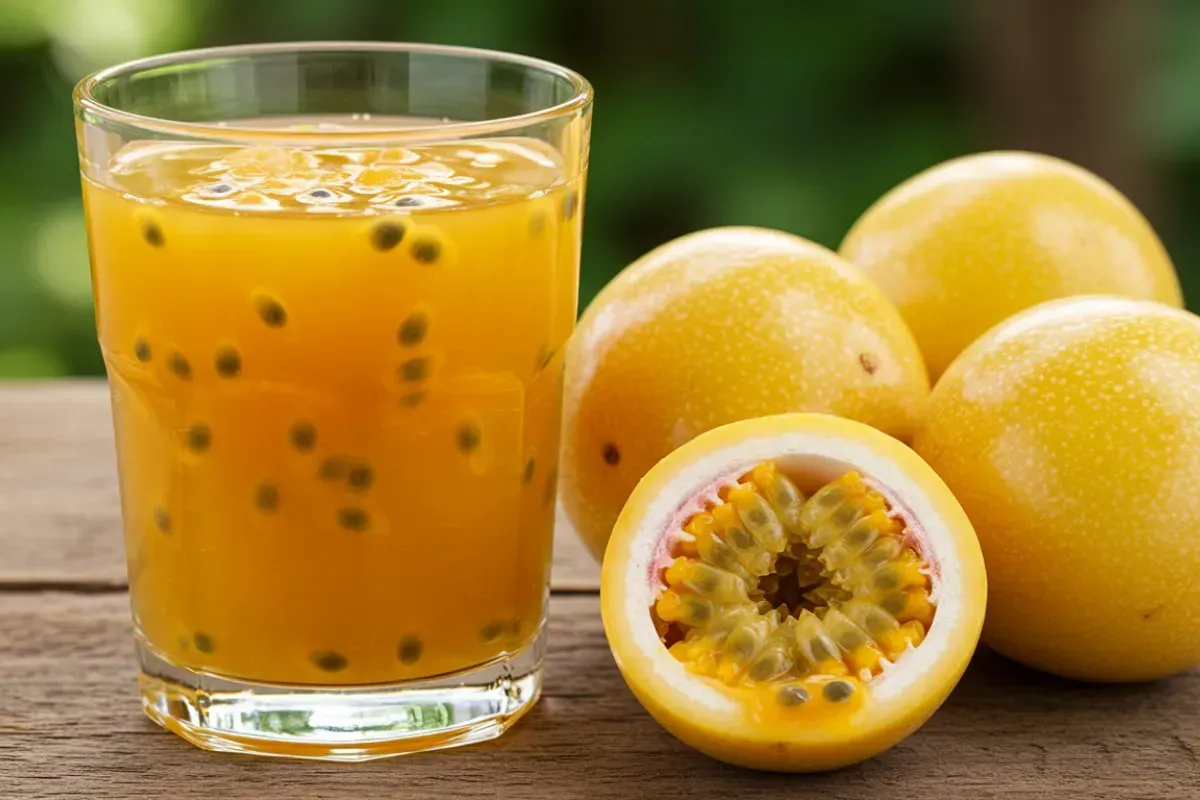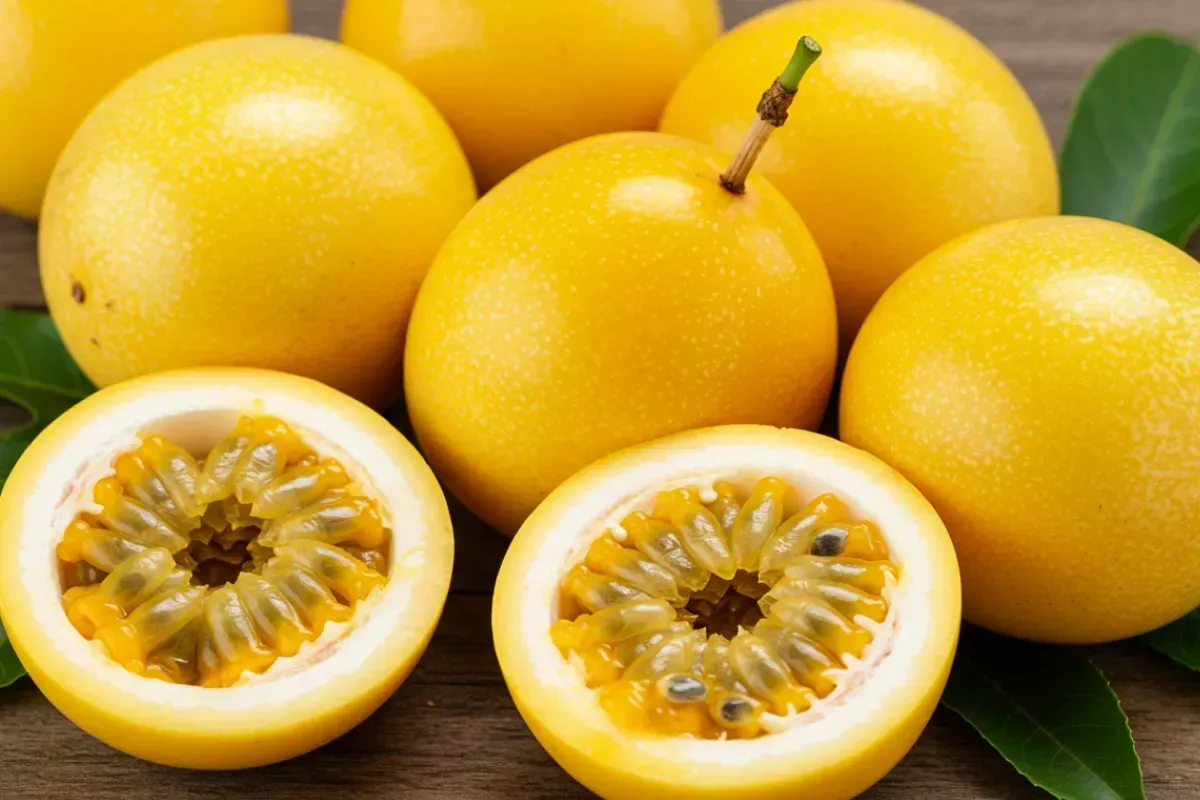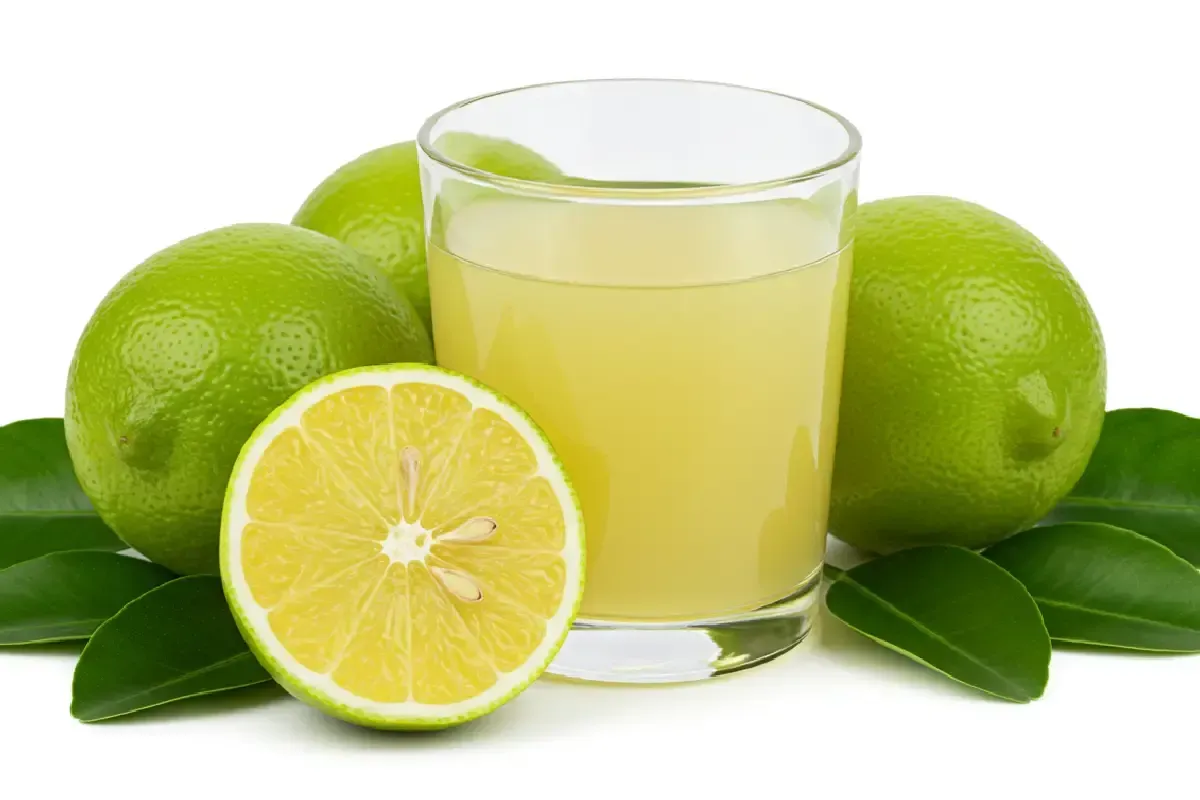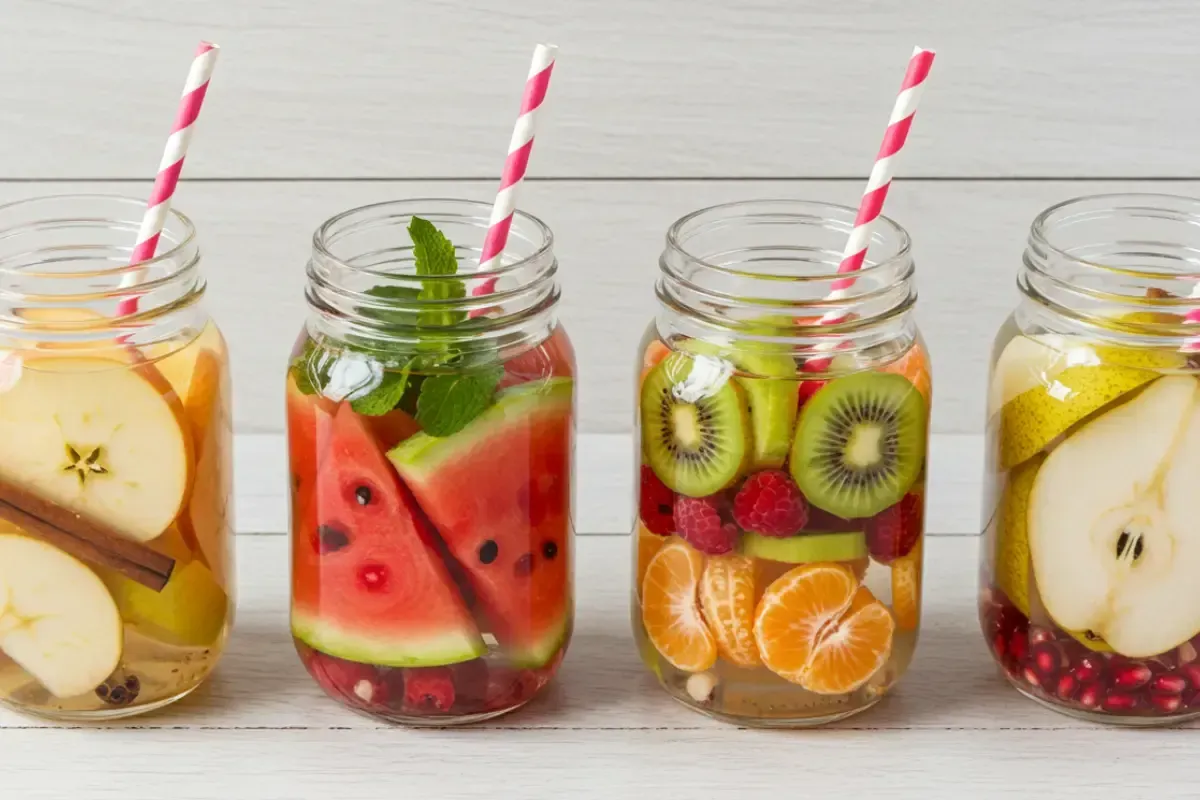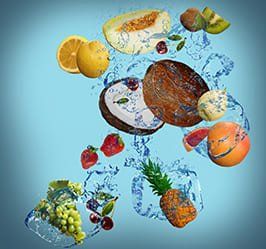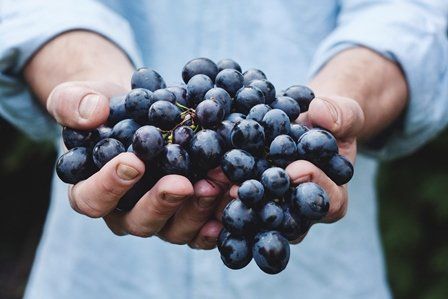Food-processing industry: a key step in the food supply chain
Alimentos SAS • Dec 14, 2021
The food-processing industry is responsible for making raw food eatable and safe for consumers. In doing so, it is also a critical stage of the food supply chain. Read on to explore its processes further.
Food-processing industry essentials
Food processing is any method used to turn fresh food into food products for consumption, cooking, or sale (Commission for Environmental Cooperation, n.d.). Some examples include washing, chopping, freezing, cooking, pasteurizing, and packaging. Additionally, it can involve adding ingredients to food to extend its shelf life and make it safe for consumers (EUFIC, 2017).
There are some examples of businesses in this industry. These include juice processing plants, pastry factories, canneries, butcheries, breweries and dairy processing plants, among others (Commission for Environmental Cooperation, n.d.).
Difference between food processing and food production
These two are not necessarily the same, but they do share some characteristics. Specifically, some practices serve as both processing and production methods. Usually, the food-processing industry involves processes that change raw materials into food products that consumers can eat immediately or after some preparation. Equally important, food production refers to techniques that make food ready to eat (Kramer, 2019).
Food-processing industry methods
Processing plants transform raw food into products for intermediate or final consumption using labor, machinery, energy, and scientific knowledge (Economic Research Service, U.S. Department of Agriculture, 2021).
There are three main categories of food processing (Kramer, 2019):
- Primary processes turn raw products into foods ready for consumption, like fruit and vegetables.
- Secondary processes use ingredients created through primary food processing to make ready-to-eat foods. Hence, they work as direct materials. This is the case for fruit purees made from processed fruit that go into manufacturing drinks, dairy items, or baby food.
- Tertiary processes shape industrial ready-to-eat foods, like frozen meals or packaged snacks. Think about baked goods that include flour, milk, eggs, and fruit puree fillings.
Now, the industry methods range from traditional to modern due to research and innovation in food. Some of the most common ones include (EUFIC, 2017. Food and Agriculture Organization of the United Nations, n.d. James and Kuipers, 2003):
Fermentation
It refers to sugar breakdown by bacteria, yeasts, or other microorganisms in anaerobic conditions. Alcoholic beverages producers use it, as well as bread, and dairy manufacturers.
Freezing
Below-zero temperatures decrease the activity of bacteria that leads to food decay. That is why freezing is a widely used method for preserving fruits, vegetables, meat, fish, and ready meals.
Pasteurization
This process heats food and then cools it down quickly to eliminate microorganisms. It serves as a preservation technique in dairy, juices, alcoholic drinks, and canned food businesses.
Chemical processing
Processers use high concentrations of sugar to preserve fruit puree or juice. Sugar dehydrates microorganisms so they cannot reproduce.
Heating
High temperatures eradicate microorganisms and inactivate enzyme activity leading to decay. Producers place food in heat-resistant containers and heat them in water.
The importance of this industry
Let’s take a closer look at the reasons why there is a food-processing industry. We process food to (Bitesize, n.d.):
- Make it safe for use.
- Make seasonal food available all year round.
- Boost its shelf life.
- Improve its appearance, taste, and nutritional value.
- Increase its convenience levels to cater to consumers’ needs and lifestyles.
That is why food processing is a vital stage of the food supply chain. Not only does it provide safe, consumable food products –it also plays a central role in other aspects like material management or achieving requirements for obtaining certain food certifications.
As seen, the food-processing industry allows consumers to access and enjoy safe, quality food on time.

